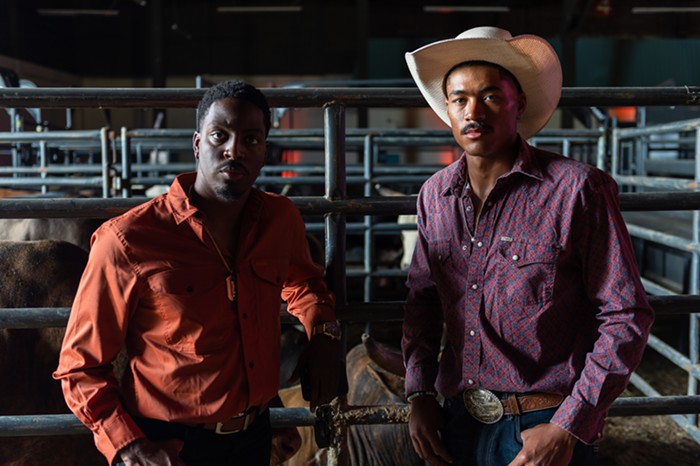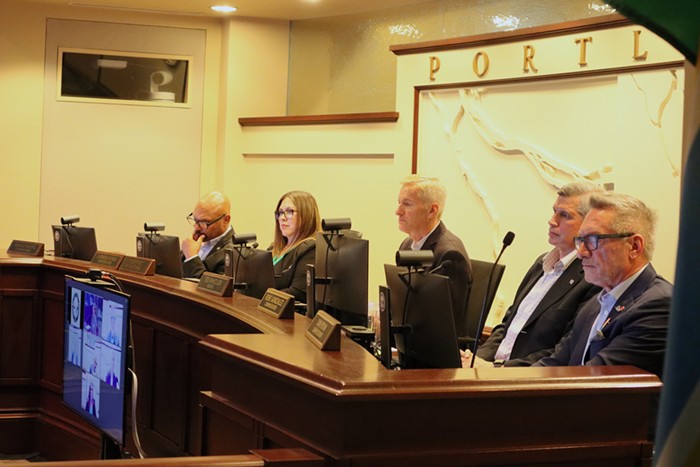The TBA noontime chats are often bizarre clusterfucks, but at least they are interesting in their unpredictability. I'll use today's chat on gender issues as an example.

Today's panel included Neal Medlyn, with Lee Sher and Saar Harari from LeeSaar the Company. After seeing Medlyn's (too often for my tastes) and LeeSaar's shows, I can see how they would seem to be the obvious choice for a discussion of gender in contemporary art—Medlyn's performances are generally quasi cross dressing freakouts and LeeSaar's Geisha is a sexy and tense duet between an astoundingly vibrant man and woman.
But here's the problem: By all of these artists own admission, gender is not something that they think about when they create their art.
Saar Harari: "We use our bodies to express ourselves, allowing the audience to build and experiance what they want in the moment"
Lee Saar: "There is no story, we don't think about it when we create... We try not to be smart in the studio. We don't think in this way - these positions (choreography) can be for men or women"
Medlyn: "The point is to make something happen and then put something around it (like philosophy)... make some phenomenon and then think about it."
This is, of course, exactly not what a touchy-feely contemporary art audience wants to hear. They came to have a discussion about gender issues and, damn it all, that's what they were going to get—even if they had to press the issue.
I think the more interesting topic discussed at today's chat related to how these artists create. All of them seem to be thinking more aesthetically than symbolically.
Saar Harari (on dance): "It has nothing to do with gender, it was the pleasure of the body."
It sounded as if the ideas for their art come freely, that is, without thought of politics or identity issues. What eventually comes to the stage is a synthesis of movement, sound, dance, spectacle. What that spectacle eventually means is completely up to the audience. And depending on the day and the emotional state of the audience at the time, that meaning can be completely fluid.
So perhaps the issues of gender, should they come up after walking from the auditorium, are best left to discussions between members of the audience as they drink a beer at the Works or drive home in the car. At that point, you can be as contentious as you want with whoever you're talking to. Try to approach the artist about what it all meant and the response may be way less than helpful.
That was the gist of what the panel had to say, but still, there were a couple of people who were clearly concerned that the Big Issues of Gender were not appropriately discussed. Some got downright ornery about it.
I'm sure there were plenty of frustrated folk after this particular chat, but that seems par for the course this year. My suggestion: If you go to a noontime chat, do what Jerome Bel suggests of people going to contemporary art performances—leave your expectations at the door.












